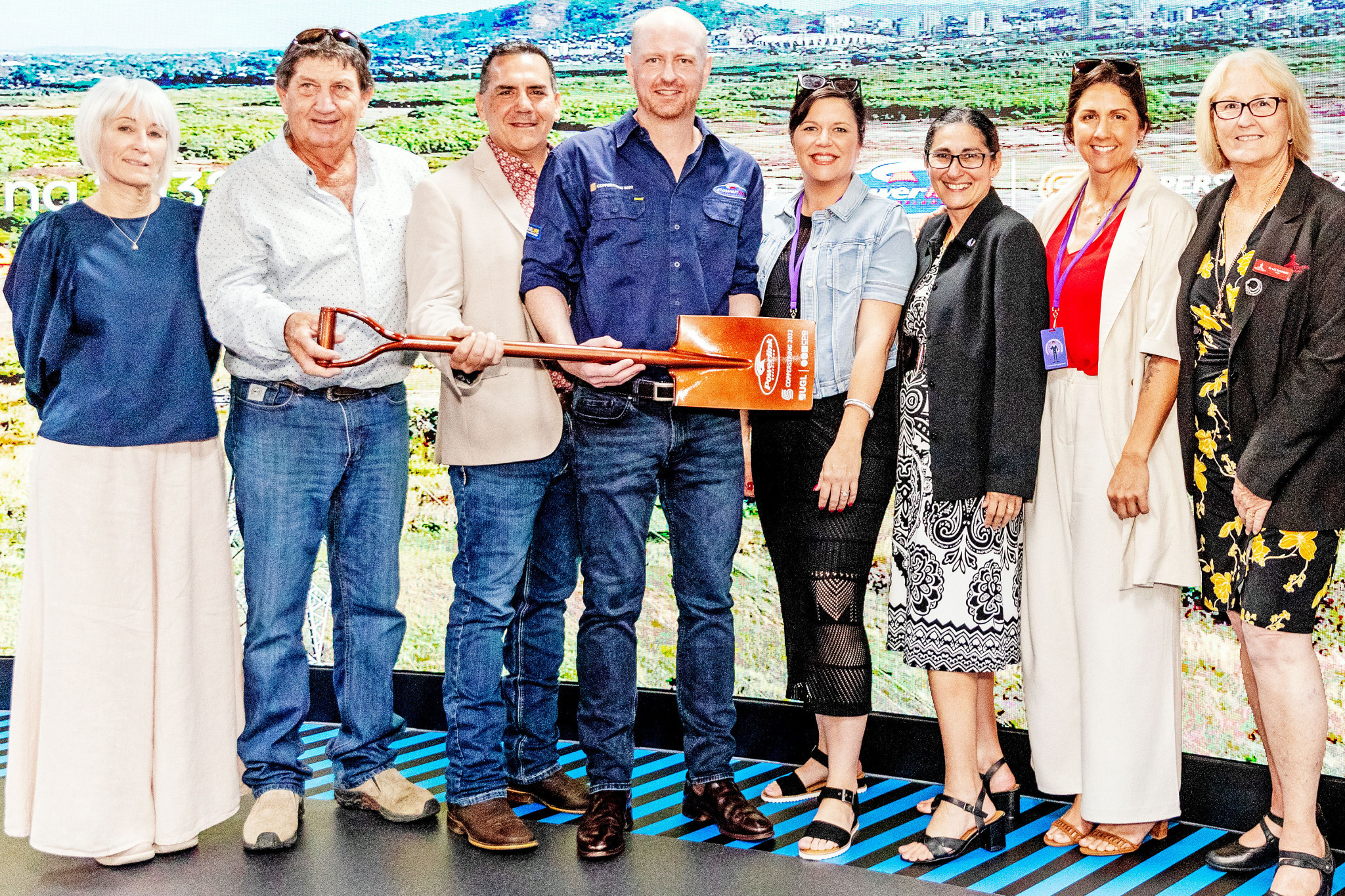General News
5 September, 2024
Powerlink vows to get the job done, despite cost blowouts
Project director Tom Dockray says the changes were necessary.

Powerlink has moved to quell growing community angst about its $1.2 billion CopperString cost blowout, with claims its planning and procurement measures would mitigate against future cost and time over runs.
This is despite the final alignment of the project still being uncertain and vital sections of the corridor remained “under consideration”.
Project director Tom Dockray told North West Weekly that the realignment at the eastern and western ends of the 840km transmission line corridor were the latest in a series of changes that had been made to the proposed layout.
Mr Dockray said Powerlink had inherited a proposed alignment last year and was still studying its mapping across the four geographical stages – Hughenden to Richmond; Richmond to Cloncurry; Cloncurry to Mount Isa and Hughenden to Townsville.
He said changes to the placement of about 100km of transmission lines and the nearby substation was due to culturally significant finds, such as Indigenous quarries and scarred trees, beside Dajarra Road near Cloncurry.
Mr Dockray said the movement of the Mulgrave substation about 30km from its intended site on the eastern side of the project near Townsville was due to the hilly terrain, which was deemed to be unsafe for machinery to access.
He said stage one of the rollout, which is the section linking Hughenden with Richmond, was 80 per cent complete under its planning and design review, with construction scheduled for the second quarter of 2025.
Powerlink has recently commenced construction of its work camps at Hughenden and Richmond in preparation.
Mr Dockray said the southern and northern spurs of the corridor, which will connect the Copperstring to a host of renewable and critical mineral projects at Hughenden and Cloncurry were still “under consideration”.
He declined to comment on whether the spurs would be abandoned during the planning and design phase.
However, Mr Dockray said the spurs were not included among the four distinct geographical areas currently being planned and prepared for construction and were instead being treated as entirely separate stages of development.
Mr Dockray declined to provide a timeframe for when the planning and design phase would be complete for the entire project.
With a majority of specialist parts, such as transformers, needing to be imported from Asia and Europe, Mr Dockray said Powerlink had recognised the global supply challenges and had secured manufacturing spots on items with long lead times.
He said he believed the approach Powerlink had undertaken to review the project’s original alignment in depth while securing the necessary manufacturing spots for specialist items ahead of the commencement of construction, would reduce time and costs risks when full scale building was underway.
“I am hopeful this will give us reliability,” Mr Dockray told North West Weekly.
“We are making the right decisions upfront – we are designing the most cost effective network and making sure we get good value for money in our procurement practices and we are managing this project in a really smart and effective way.”
CopperString is among an elite group of about 100 Australian mega-projects, defined as having a capital cost exceeding $1 billion.
It is estimated that nine out of 10 mega projects have cost overruns – a phenomenon known as the iron law: “Over budget, over time, under benefits, over and over again”.
A University of Melbourne study this year identified common factors contributing to cost and time overruns, including politically appointed boards and sub-committees who lack the adequate skillset to oversee the project, the use of lump-sum contract prices and a lack of political will to weather any backlash when project criticisms occur.